Women of Rural Pakistan-Cattle Farming
Women of Rural Pakistan-Cattle Farming
Women of Rural Pakistan-cattle farming and raising cattle for Eid ul Azha and for year-round supply of milk and milk products.
In the heartlands of Pakistan, a quiet revolution is taking place — not in the cities, but in the rural villages where tradition and resilience go hand in hand. Here, rural women are redefining roles, not only as caretakers of their families but also as entrepreneurs and economic contributors.
With the approach of Eid ul Azha, this change becomes particularly evident. They are Raising Cattle for Eid ul Azha and all through the year turning milk into profit - producing Desi Ghee, yoghurt and cream.
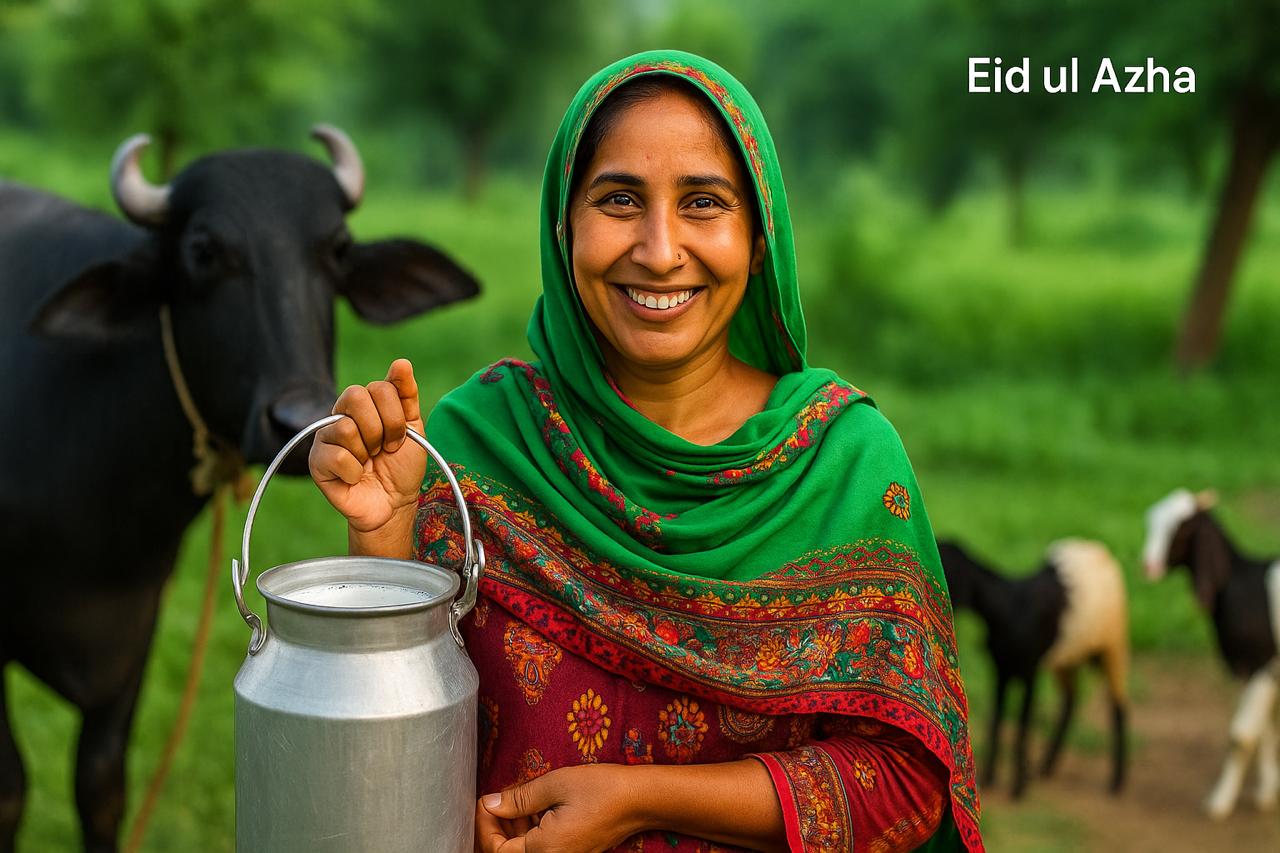 Women of Rural Pakistan-Raising Cattle for Eid and Selling Milk
Women of Rural Pakistan-Raising Cattle for Eid and Selling MilkWomen of Rural Pakistan-Cattle Farming: Raising Cattle for Eid Ul Azha
The Spirit of Sacrifice Meets the Spirit of Enterprise
Eid ul Azha, also known as the Festival of Sacrifice, holds immense religious significance in Pakistan. Each year, millions of animals — goats, cows, and bulls — are raised and sacrificed to honor the tradition of Prophet Ibrahim. In the lead-up to this sacred occasion, livestock becomes a booming business. And at the heart of this industry are thousands of rural women from Pakistan who are now playing a pivotal role.
For many of these women, raising cattle is more than just a religious obligation — it's a means of survival and empowerment. With limited access to formal employment or education, rural women are using their knowledge of animal care, gained from generations of experience, to breed, raise, and sell cattle. Often working alongside their families, they invest months — sometimes years — in nurturing calves into healthy, market-ready animals.
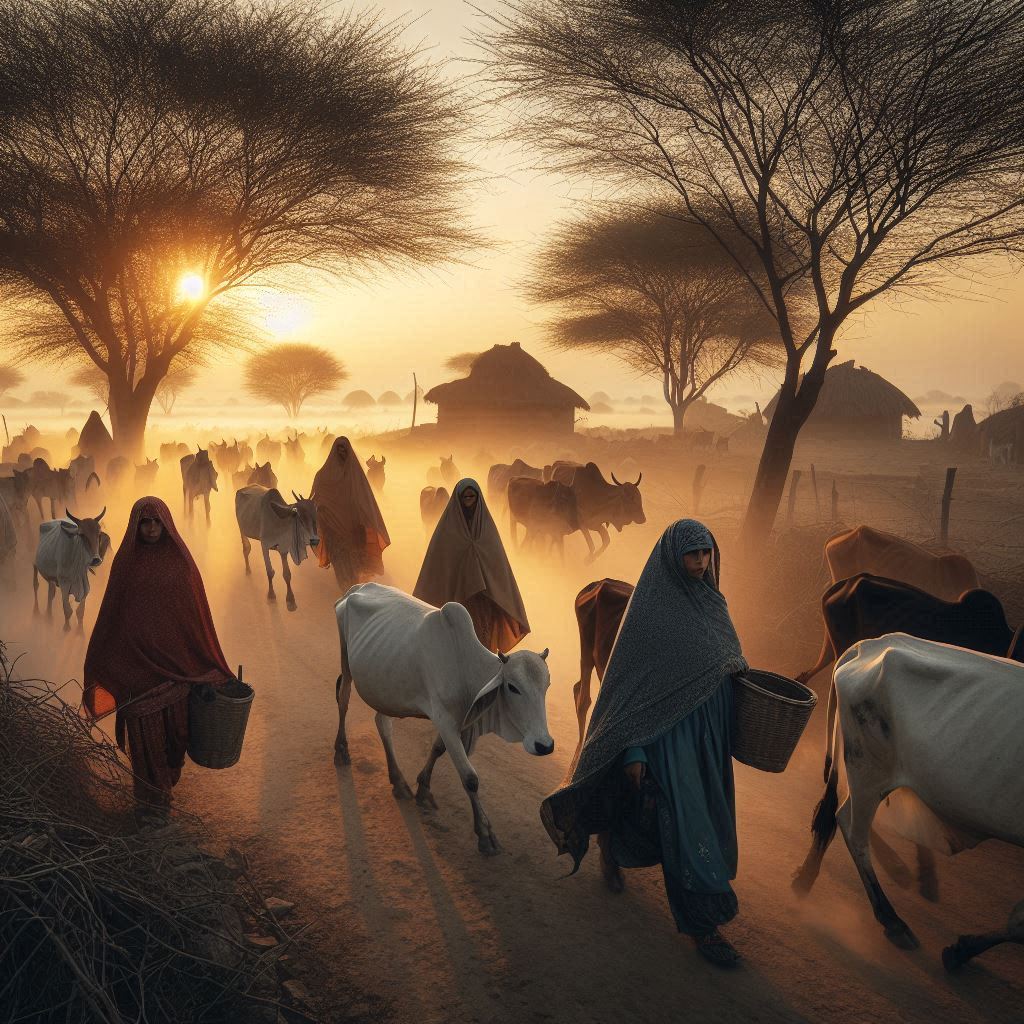 Women Herding Cattle
Women Herding Cattle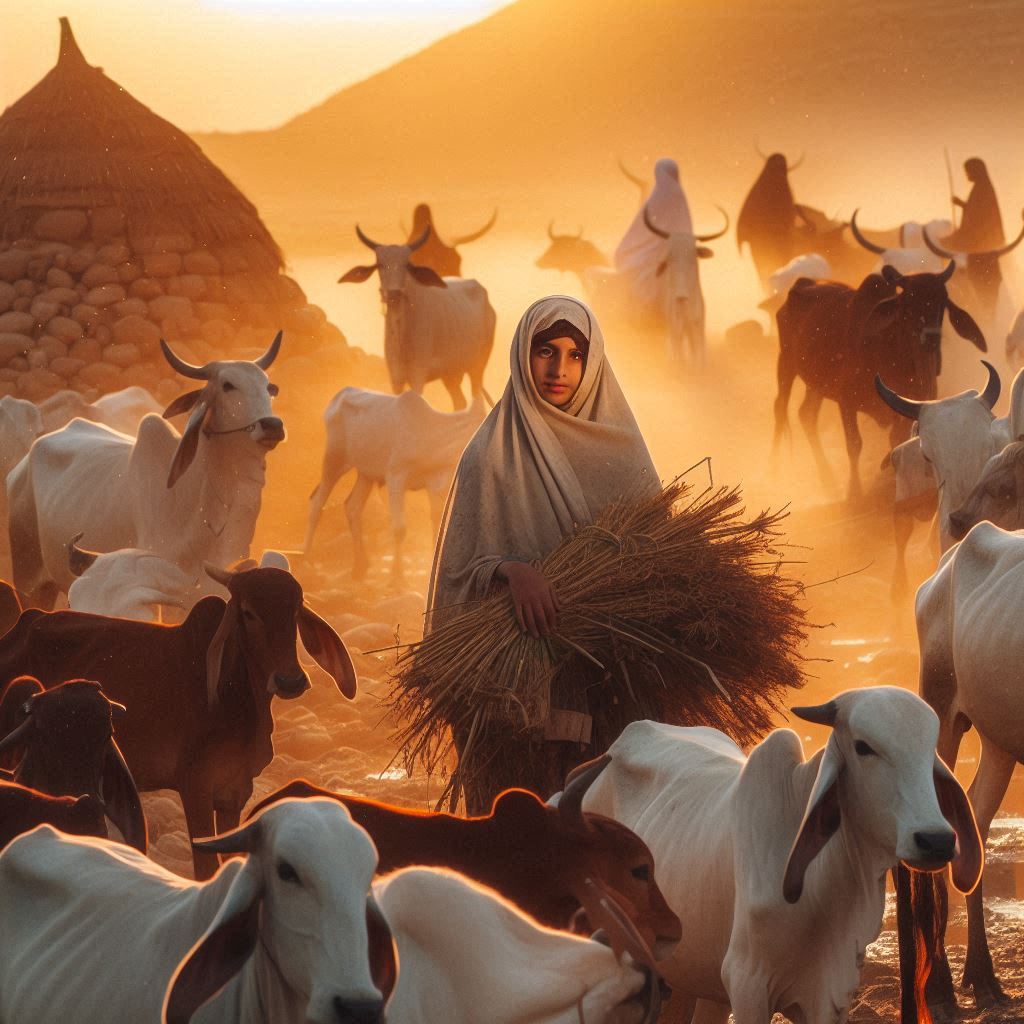 Women Herding Cattle
Women Herding Cattle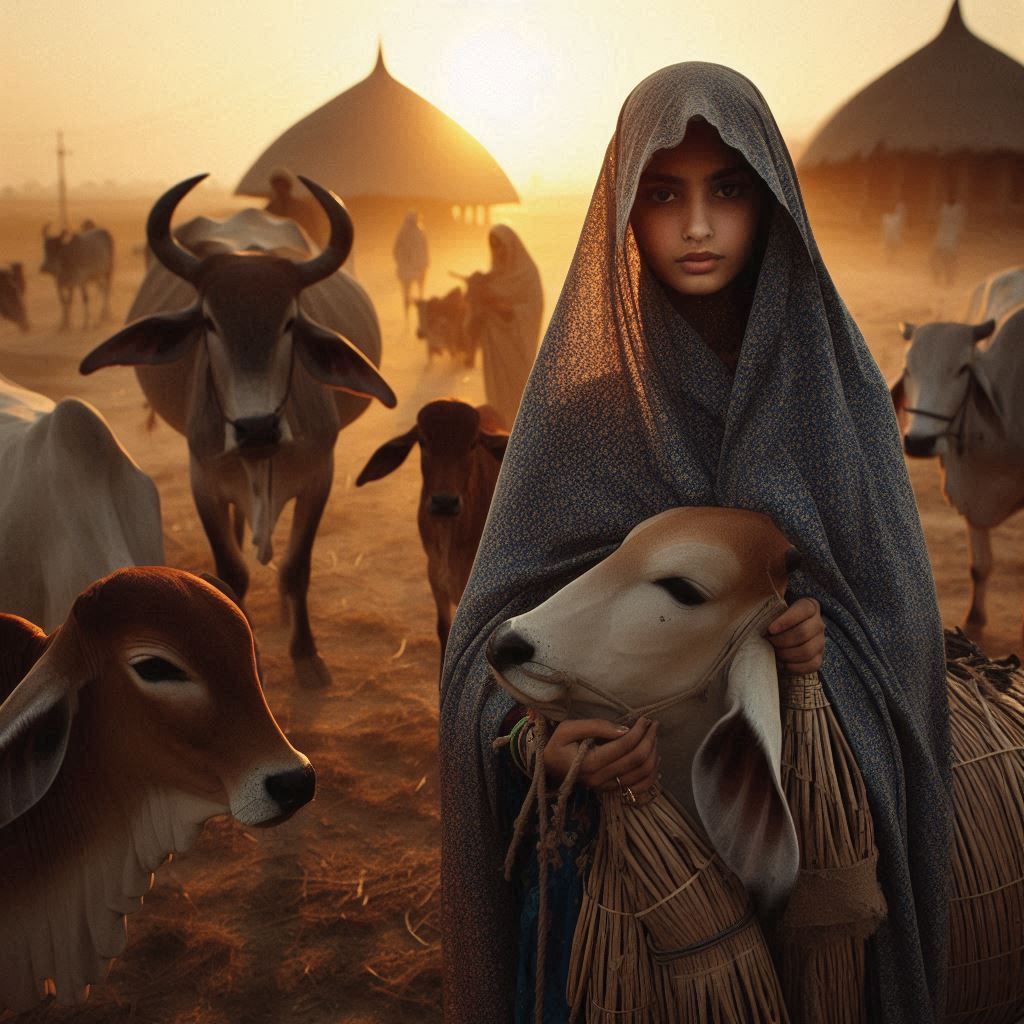 Women Herding Cattle
Women Herding CattleWomen of Rural Pakistan-Cattle Farming: Milk as a Sustainable Income
From Livestock to Livelihood: Milk as a Sustainable Income
While cattle raised for Eid bring a seasonal surge in income, these women don’t stop there. The real game-changer is milk. Every morning, before the sun rises, women begin their daily routine — milking cows, buffaloes, and goats, boiling the fresh milk, and preparing traditional dairy products such as butter, yoghurt, and ghee. Some sell raw milk to local vendors, while others run small-scale home businesses producing packaged milk and dairy items.
By using milk from a variety of animals — each with its own unique taste and fat content — rural women create a diverse range of dairy offerings. Goat milk, for example, is prized for its digestibility, while buffalo milk is known for its high cream content, ideal for making butter and ghee.
This diversification allows rural women to maximize income from every animal they raise, while also meeting the growing demand for fresh, organic, and locally made dairy products. It reduces waste and creates value-added opportunities that go beyond simple milk sales.
 Women of Rural Pakistan Milking Cattle
Women of Rural Pakistan Milking Cattle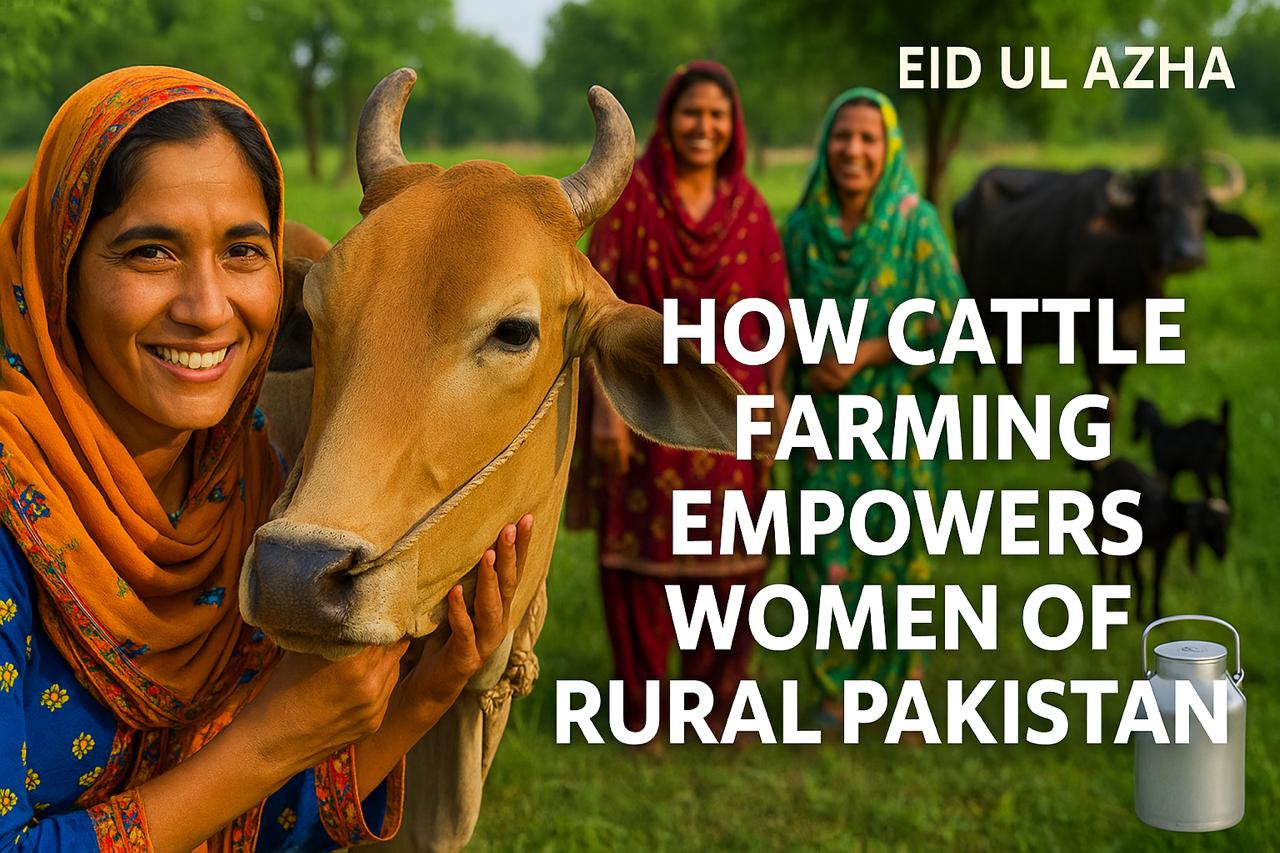 Women of Rural Pakistan Raising Cattle
Women of Rural Pakistan Raising Cattle Women of Rural Pakistan Collecting Milk
Women of Rural Pakistan Collecting MilkAmong the most popular products made in rural households are desi ghee, yoghurt (dahi), malai (fresh cream), and lassi. These are sold in local markets or directly to nearby towns. Desi ghee, in particular, fetches a high price due to its purity, traditional value, and rich flavor. It’s used not only in cooking but also in traditional remedies, making it a sought-after item.
This milk economy has opened up a stable, year-round source of income. In areas like Punjab and Sindh, rural women have formed informal cooperatives and even taken microloans to buy better livestock and expand their production. Their role in the dairy sector is increasingly being recognized by NGOs and agricultural programs, offering training and tools to help them grow.
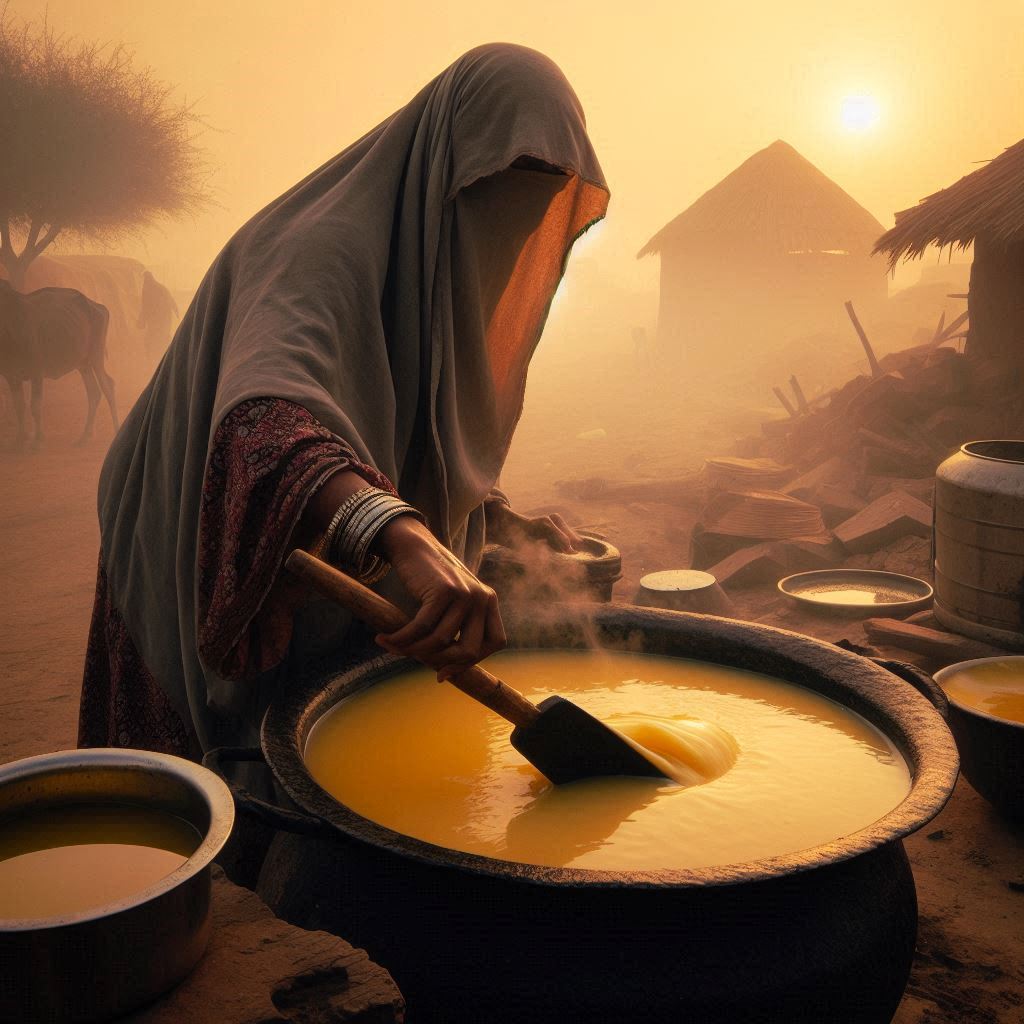 Women Making Milk Products-Desi Ghee
Women Making Milk Products-Desi Ghee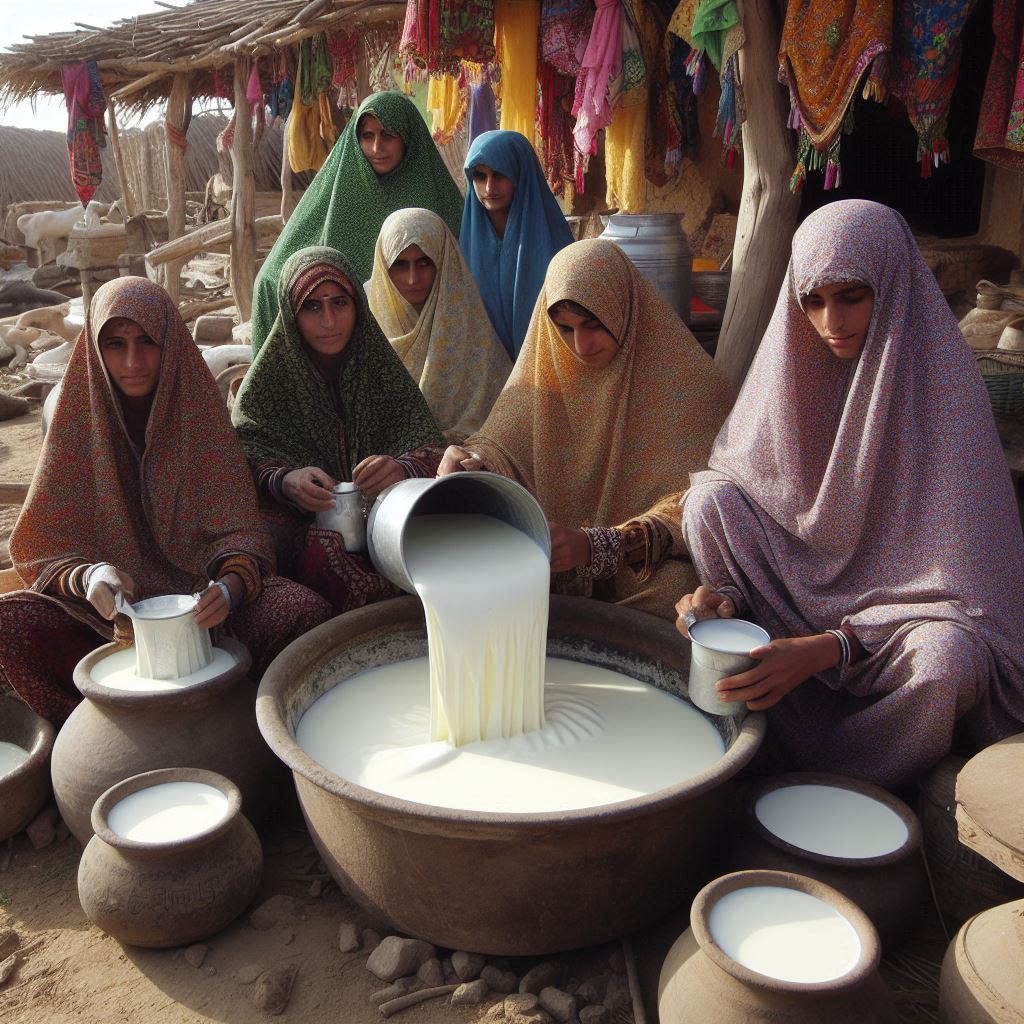 Women Making Milk Products-Yoghurt
Women Making Milk Products-Yoghurt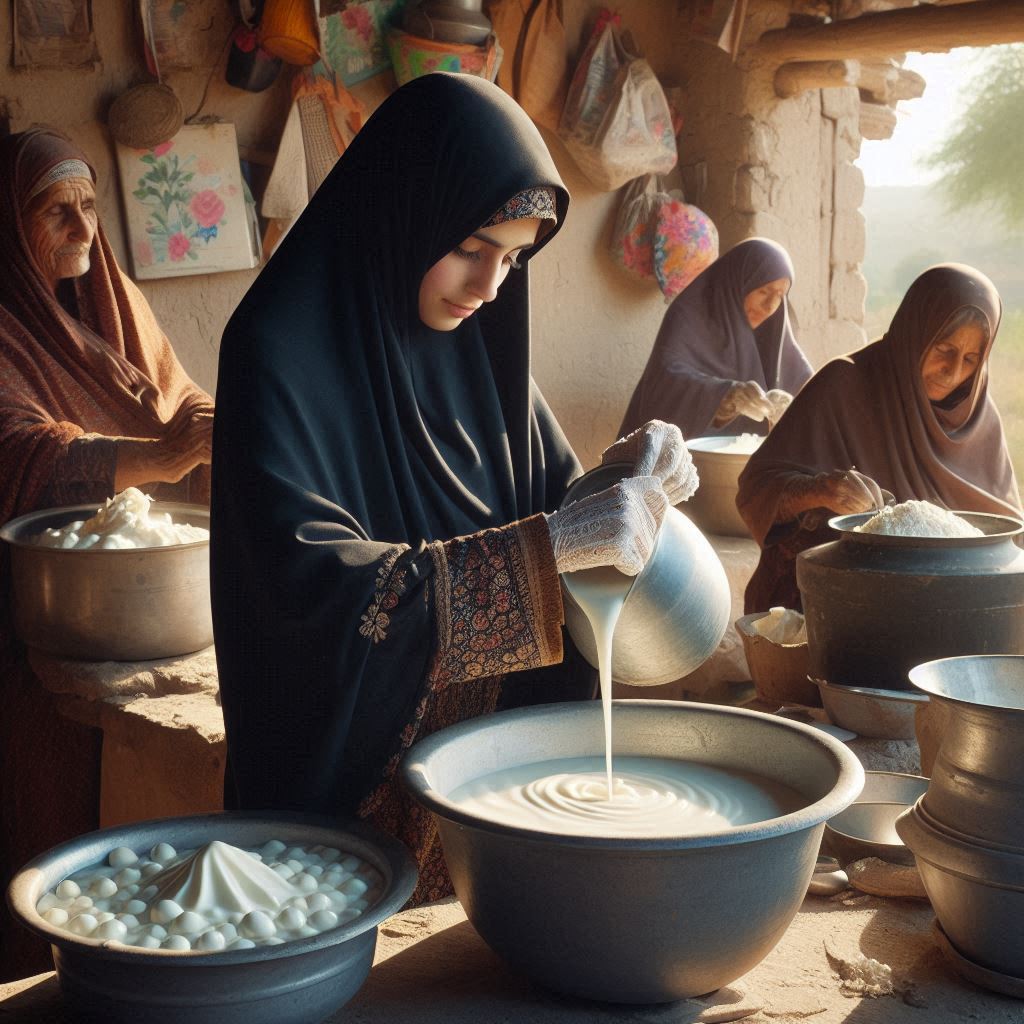 Women Making Milk Products-Cream
Women Making Milk Products-CreamWomen of Rural Pakistan-Cattle Farming
Challenges Along the Path
Despite their contributions, these women face several challenges. Lack of access to veterinary care, limited mobility due to cultural norms, and fluctuating market prices often make their efforts difficult. Moreover, middlemen frequently take a significant cut of the profits, leaving women with little for themselves.
Yet, their determination continues to break barriers. Stories of women pooling resources to buy bulls or jointly selling milk to urban dairies are becoming more common. Some have even started using smartphones to find better buyers or market their dairy products online.
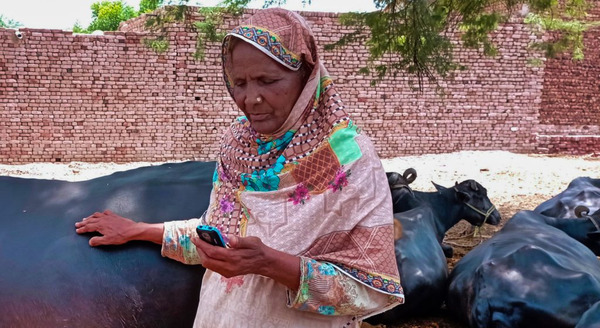 Cattle Farmer with Cellphone
Cattle Farmer with Cellphone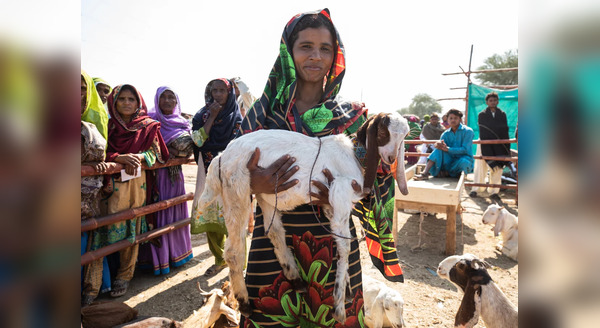 Cattle Farmer in the market
Cattle Farmer in the market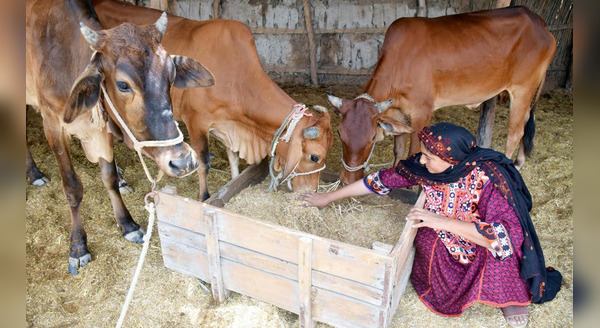 Female Farmer Tending Cattle
Female Farmer Tending CattleWomen of Rural Pakistan-Cattle Farming
A New Image of the Woman from Pakistan’s Villages
The image of the rural woman from Pakistan is evolving. No longer confined to household chores, she is now a cattle rearer, a milk trader, and in many cases, the backbone of her household's income. With every cow raised and every liter of milk sold, these women are not only supporting their families but also challenging gender norms and fostering a more inclusive rural economy.
As Eid ul Azha approaches each year, these women prepare not just to honor a religious tradition, but to showcase their strength, skill, and entrepreneurial spirit. Their journey from barn to bazaar is a testament to the resilience and resourcefulness that define the soul of rural Pakistan.
Women of Rural Pakistan-Cattle Farming
The Road Ahead: Unlocking the Potential of Women-Led Livestock and Dairy Economy
The success of rural women in Pakistan in cattle rearing and milk production is more than just a story of survival — it is a blueprint for sustainable growth. As the demand for organic, locally-sourced dairy products rises both within Pakistan and abroad, the role of these women is set to expand far beyond traditional boundaries.
Moreover, when women earn, families benefit. Studies show that women reinvest up to 90% of their income into their households — in children’s education, healthcare, and nutrition. This means the economic empowerment of women through cattle and dairy farming doesn’t just improve individual lives; it lifts entire communities.
With the right support, this sector holds massive untapped potential. Access to veterinary care, cold storage facilities, direct-to-market platforms, and digital literacy can significantly boost productivity and profits. Government programs, NGOs, and private enterprises are beginning to recognize this, offering training, microfinance, and market access tailored for women farmers.
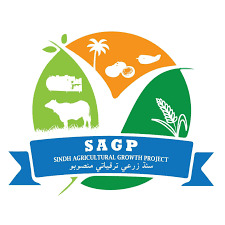 Sindh Agricultural Growth Project
Sindh Agricultural Growth Project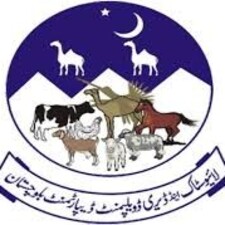 Livestock & Dairy Development Department Balochistan
Livestock & Dairy Development Department Balochistan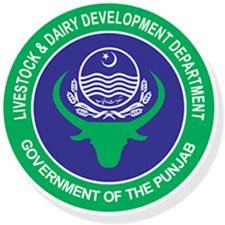 Livestock & Dairy Development Department Punjab
Livestock & Dairy Development Department Punjab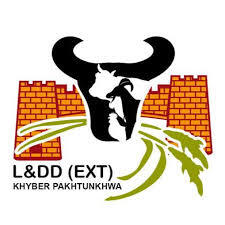 Livestock & Dairy Development Department -Khyber Pakhtunkhwa
Livestock & Dairy Development Department -Khyber PakhtunkhwaWomen of Rural Pakistan-Conclusion
Crucially, this movement is not just about livestock — it's about livelihoods. By monetizing their skills in animal care and dairy production, women in rural Pakistan are gaining financial independence, decision-making power, and social mobility. They are increasingly seen as economic contributors, not just domestic caretakers.
As awareness, infrastructure, and support grow, the future of Pakistan’s rural economy may well rest on the shoulders of its women. Their hands, once limited to household chores, are now shaping a more inclusive, resilient, and self-reliant agricultural economy — one calf, one liter of milk, and one small business at a time.
- Home
- Women of Rural Pakistan-Cattle Farming


